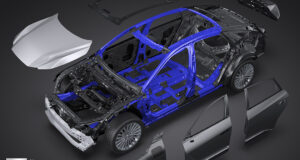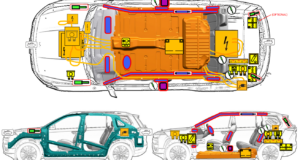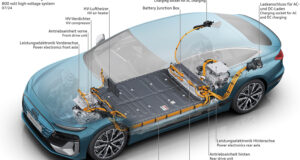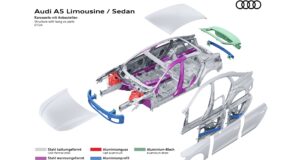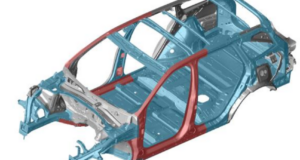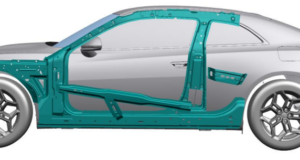What is an ultracapacitor?
 Here’s an easy way to understand ultracapacitors compared to batteries. The ultracapacitor is like a booster tank hooked up to a deckgun. Water can flow in or out very fast, but there’s not very much of it. The battery is like a 3000 gallon tanker with a garden hose. It can hold much more water, but it takes a long time to fill and drain it. The ultracapacitor can provide a brief “power surge” (“lots of water” in this analogy) like running the lights and radio while the Start/Stop function of the vehicle has the engine off.
Here’s an easy way to understand ultracapacitors compared to batteries. The ultracapacitor is like a booster tank hooked up to a deckgun. Water can flow in or out very fast, but there’s not very much of it. The battery is like a 3000 gallon tanker with a garden hose. It can hold much more water, but it takes a long time to fill and drain it. The ultracapacitor can provide a brief “power surge” (“lots of water” in this analogy) like running the lights and radio while the Start/Stop function of the vehicle has the engine off.
Brake Energy Regeneration Systems
Conventional alternator charges at around 12 volts (V), however i-ELOOP’s variable voltage alternator can vary its output voltage from 12 V to 25V in response to the voltage level of the capacitor and making it possible to continually supply electricity to the capacitor. The capacitor is considered an ultracapacitor and should not be damaged during extrication activities.
Unlike a battery that works via chemical reaction, capacitors store energy as electricity and for this reason it can charge and discharge large amounts of electricity very quickly. It also exhibits very little deterioration of the electrodes even after prolonged use. Using capacitors as electricity storage devices in brake energy regeneration systems not only improves fuel economy, it is also expected to prolong the life span of the vehicles lead-acid battery. Furthermore, the capacitor used with i-ELOOP requires no heavy or precious metals, and its main component is activated charcoal making it very environmentally friendly.
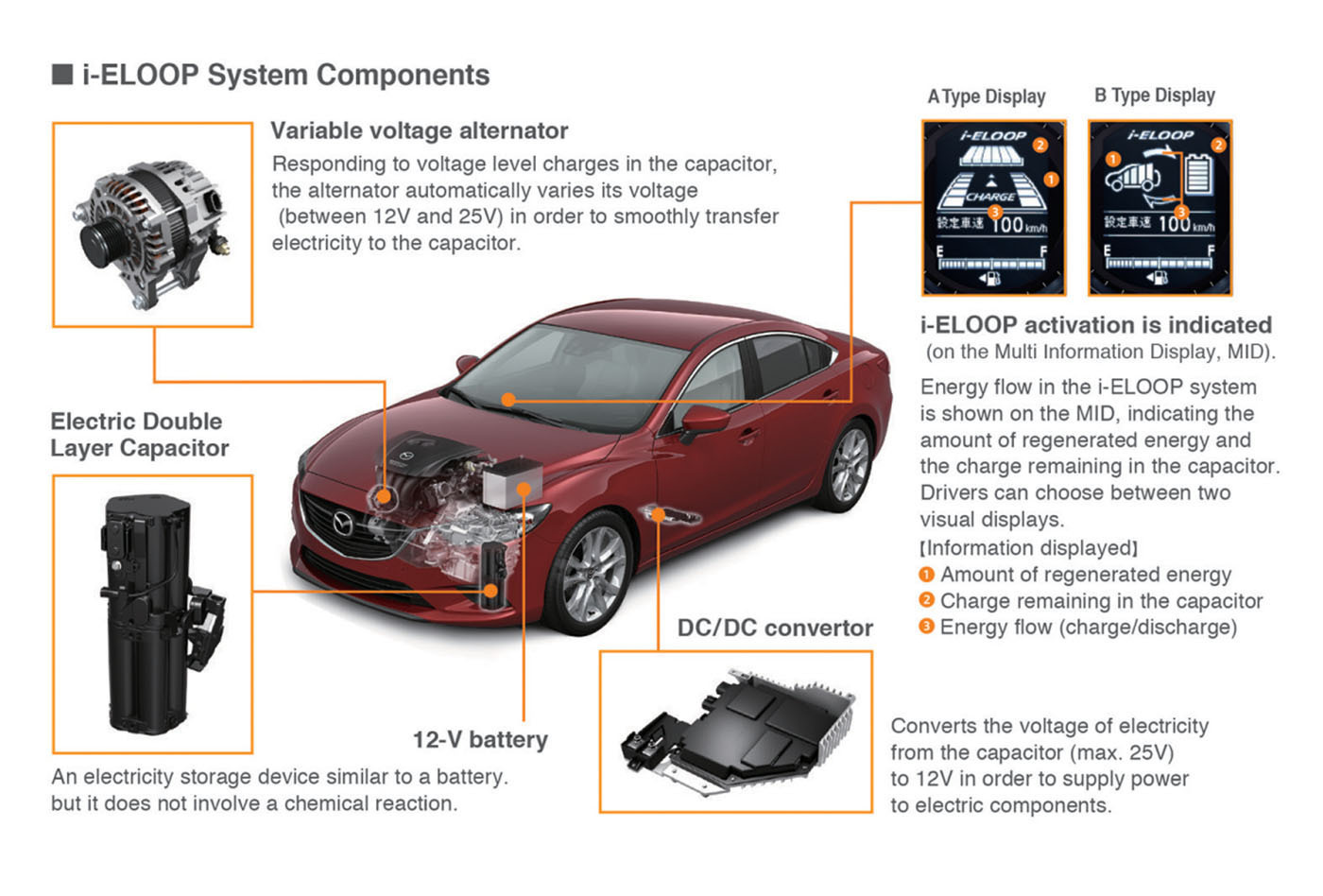
Deactivation
Securing the electrical system by turning off the ignition and disabling the 12 volt battery is the fastest and safest method.
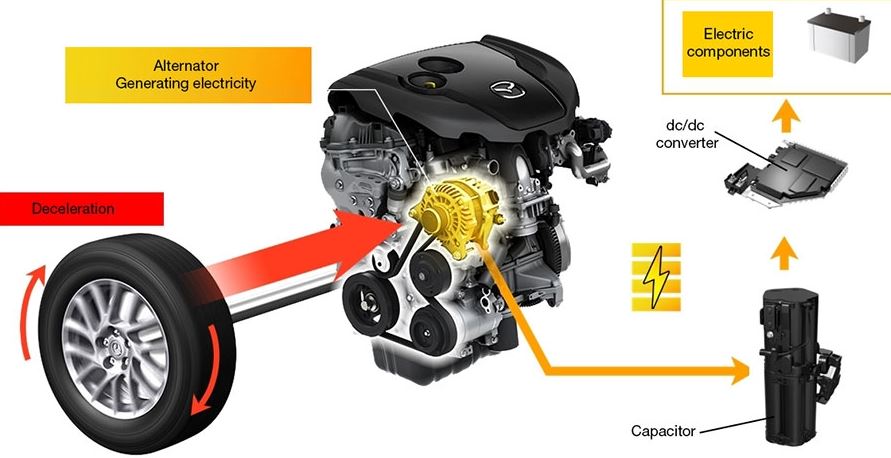
 Boron Extrication An in-depth look into vehicle extrication and rescues involving today's automobiles
Boron Extrication An in-depth look into vehicle extrication and rescues involving today's automobiles
